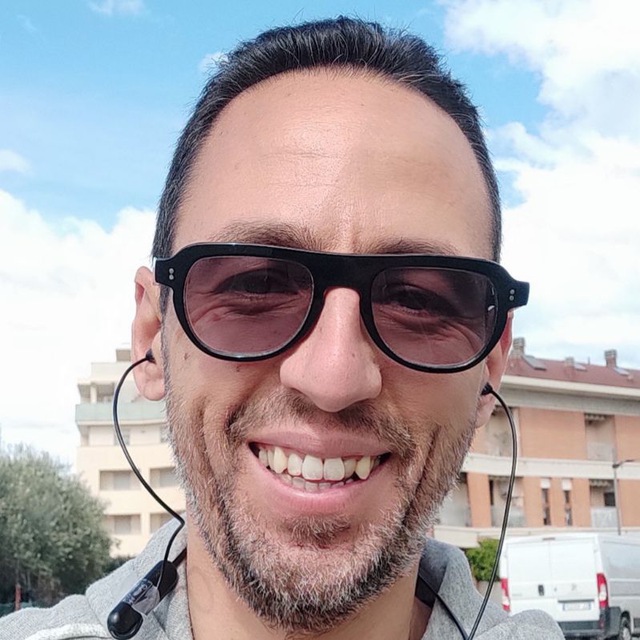Due definizioni di sigle in cui mi sono imbattuto nelle mie ricerche su nutrizione, prevenzione e salute. Da provetto mentor, ho pensato di aggiungere in coda al post qualche altra nota utile a chi vuole imparare a imparare o migliorare il proprio metodo, condividendo qualche tecnica che ho applicato o sperimentato nel corso della giornata.
Come hai notato non traduco più i passaggi in inglese. Con un qualsiasi sistema di intelligenza artificiali generativa puoi tradurre tu stesso ciò di cui hai bisogno senza troppa fatica.
The DASH diet
(Dietary Approaches to Stop Hypertension) emphasizes low sodium and portion size and is associated with health improvements in blood pressure, blood lipids and other benefits linked to reduced risk of chronic disease. The DASH diet is a plant-focused diet, rich in fruits, vegetables and nuts, with low-fat and nonfat dairy, lean meats, fish, and poultry.
Brain Food
The MIND diet
(Mediterranean – DASH Intervention for Neurodegenerative Delay): The MIND diet draws from both the Mediterranean and the DASH diets and includes an abundance of vegetables, whole grains and a daily glass of wine. It recommends green leafy vegetables six times a week, other vegetables at least once a day and two or more servings a week of berries. It also advocates snacking on nuts most days, eating beans every other day, poultry twice a week and fish at least once a week. Dieters should limit eating unhealthy foods, such as butter, cheese, and fried or fast food. It highlights blueberries and leafy greens as especially beneficial for the brain.
Brain Food
Oggi ho rispolverato la tecnica del microciclo e del nanociclo per concentrarmi ed è andata molto bene. Il metodo è illustrato qui e io ne ho estratto ciò che serve a me. Ogni metodo andrebbe adattato ai propri bisogni e mai idolatrato.
Nano Cycles
The smallest useful unit of time is the Nano Cycle, which last 30 minutes.
Thirty minutes are easy to plan and scope your work for, with a bit of practice. I say with a bit of practice because the first five or six times you do this, you’ll actually be way off in your estimate. How long does it actually take to write an email to your boss? How long does it take to run that analysis in Excel? Thirty minutes are the perfect duration to measure this and then evaluate. Over time you’ll get freakishly good at estimating how long a task takes and only count in Nano Cycles.
An added bonus is that you have a bounded loss when you get derailed. Get distracted and check Twitter five minutes into your cycle? Not great, not terrible. You lose 25 minutes before the bell rings, and then you can reset.
Why 30 and not 25 minutes, like a Pomodoro? Great question!
Pomodoros give you a five minute break every 25 minutes. In my experience it’s better to structure this differently, which leads us directly to the next unit of time: Micro Cycles!
Micro Cycles
The next higher unit of time are Micro Cycles, which last two hours.
Through science we have figured out that our brain works in 90-minute increments – our sleep runs in these 90 minute cycles, and during the day our focus also moves in 90-minute blocks.
But we don’t get into focus automatically every 90 minutes, it takes time to set our focus and also to come out of it again.
This is why I plan with three Nano Cycles per two-hour Micro Cycle:
10 minutes to plan what I’m going to work on and prepare to get into deep focus. Then three Nano Cycles, with two 5-minute breaks between them. The breaks help to keep focus and to bound the lost time if I do get distracted. At the end, for another 10 minutes, I debrief the Micro Cycle, write down any lessons learned, and detach a bit. Walk around, widen my visual field and look at things far away to rest my eyes. Then I’m ready to run another Micro Cycle, repeating the process.
These two time units have had an immeasurable impact on my productivity. They make focused, creative work like writing or coding much, much more effective and allow me to keep going much longer in a day then if I just worked without any structure – or basing my rhythm on the measure of hours alone.

Lascia un commento